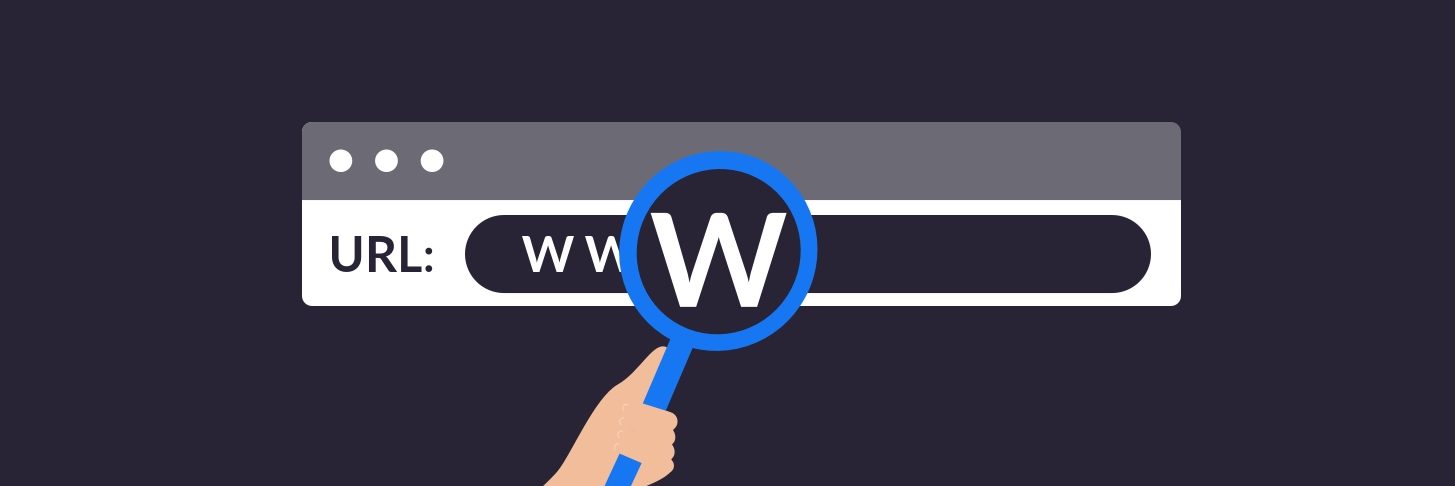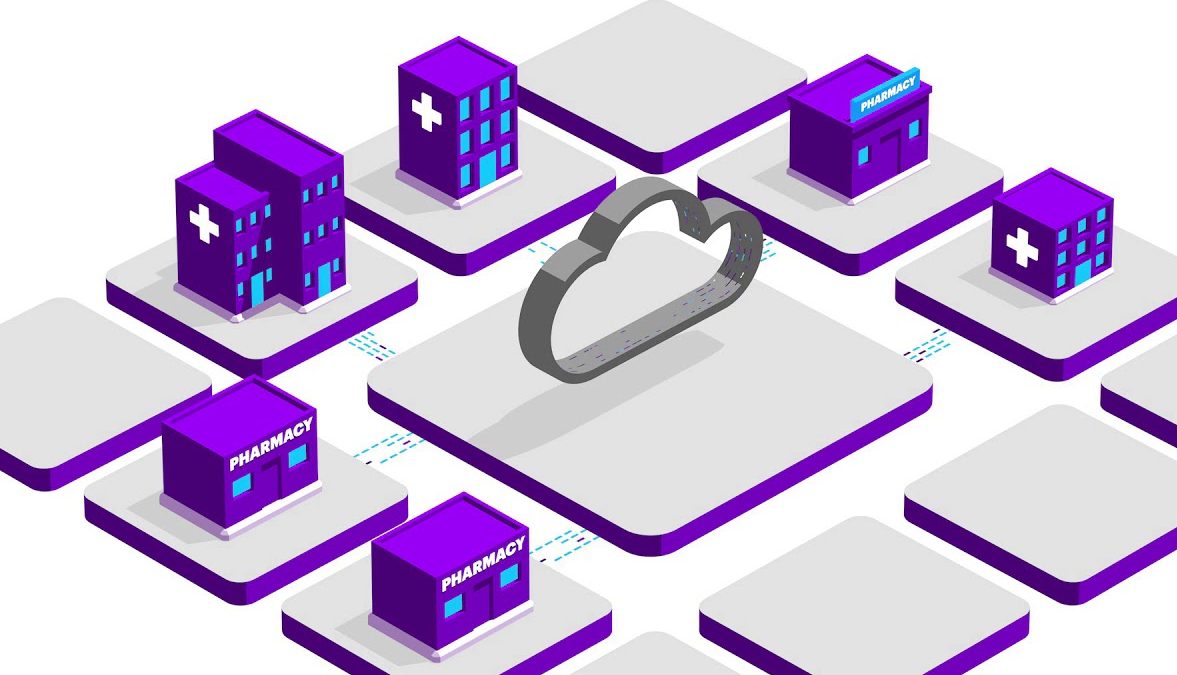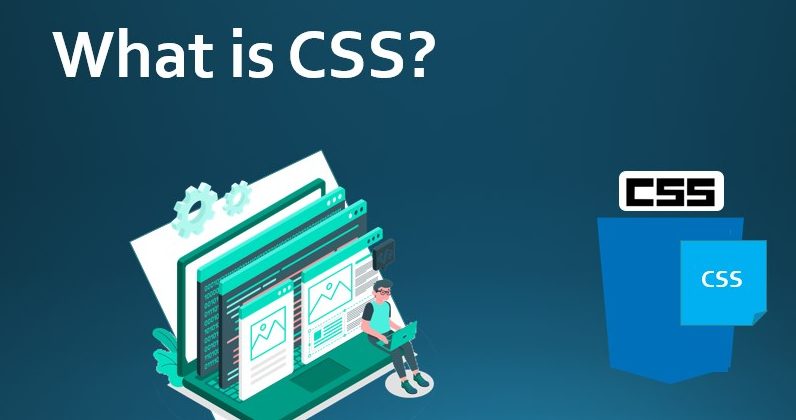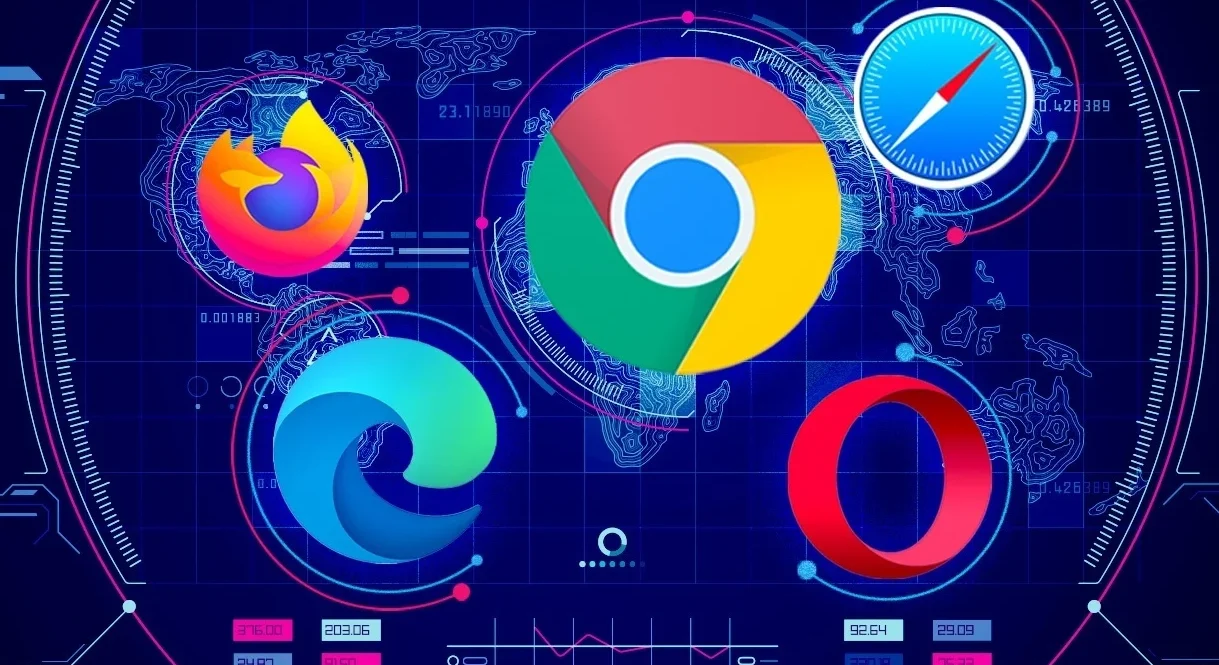The irruption of the Internet was a real revolution on two levels, which changed the way of acting and thinking both in the business sphere and in the sphere of private life. Initially conceived as a means of communication of a military nature, the Internet became a public network in the 1980s, with a preponderant role in the university and private business spheres. Its explosive growth since the 1990s is well known, and today the world would probably be unthinkable without this true “network of networks”.
Technologies have evolved over time, but the principle of operation of the Internet has remained almost unchanged, in essence, being a way to connect computers and servers around the world. But the Internet is just an infrastructure and it would not be what we see today without the existence of the “world wide web” or “www“, or, more simply, “web”.
In this article you will learn some elements about one of the fundamental pillars of the web, such as URL addresses and the role they play in the normal functioning of an increasingly connected world.
1. URL address: definition and function
The creator of the web, Sir Tim Berners-Lee, is the one who set up the structure of what Internet access means today from any type of fixed or mobile device. In the 1990s he created the first web server, the first browser, and the first web page.
The web rests on three major fundamental categories, without which it could not exist:
The HTTP protocol whose function is the transfer of data and documents between servers and client computers that make up, in its entirety, the Internet;
URL that means an address system that uniquely registers all the files/documents that exist within the web and that, in order to be accessed by client computers, must be individually identified;
HTML, which is a form of markup or language to describe the structure of a web page and is the foundation for building all websites and online applications.
It could be said that the URL address is a type of procedure or way of working that browsers use to access and bring various resources (documents, files, etc.) located anywhere on the web to the client computer that makes the request (or to to carry out the reverse operation), to publish said contents on the web so that other terminals can access them.
The acronym URL comes from the English expression “Uniform Resource Locator”, thus reinforcing the definition of this concept as a unique code to identify and locate a single resource in the vast “ocean” of data on the web. In theory, any URL responds when typed in a browser that points to a certain document or other type of file.
The resources that are assigned to the URLs can be HTML web pages, but also images, for example.
2. What is a URL address and what does it mean?
URL addresses have in their component certain standard elements that together form a single set and thus designate an individual resource.

As you can see, the first element of a URL is the HTTP protocol, the indispensable tool without which the browser would not be able to request access to web resources. The ending “s” of this protocol (HTTPS) means that it is a secure version, unlike the initial, less secure one.
Browsers can also access other types of protocols for managing network file exchanges, such as MAILTO: (used to log into an email client) or FTP: (used for file transfers).
The second element of a URL is the registered domain name of a web location. There is often confusion between URL and domain, but it is good to know that the latter is only part of a complete address.
In order for servers and client computers connected to them to be able to communicate with each other, a special language is needed, because cybernetic systems cannot understand human language. Thus, the addressing “language” between dedicated or shared servers and the network terminals that access them is made up solely of strings of numbers and letters called IPs.
Any device, no matter how small, a smartphone or even a smart TV, has a unique IP address that can be, for example, of the form: 188.214.30.160. Of course, retaining such numbers to access various websites or other resources would be an impossible task for the human brain, which is why they were translated into domain names that are so popular today.
The third element of the URL is the pointer to the unique resource located somewhere on the web. This does not necessarily indicate a physical location on a web server, as it did in the early days of the web. With the advent of VPS hosting or cloud servers, the final indication of the URL is more of an abstraction than a tangible reality from a physical point of view.
URL addresses play an essential role in the functioning of the web as it is today, and therefore it is useful for any Internet user to have at least some notion of one of the fundamental pillars of technology that is today. integral part of everyone’s life. life.



